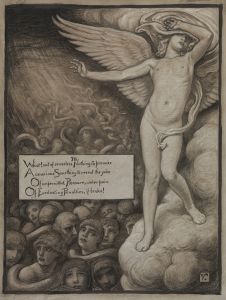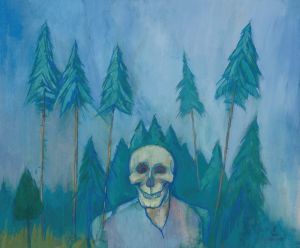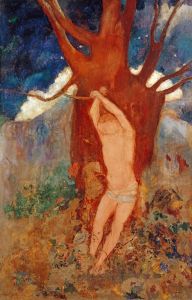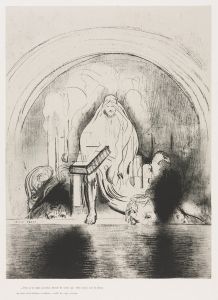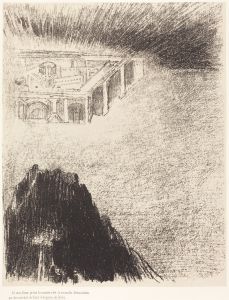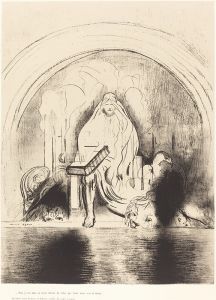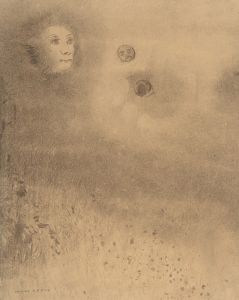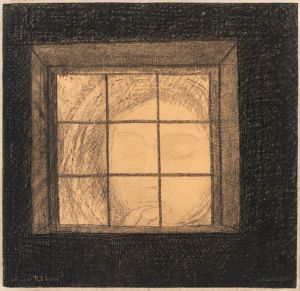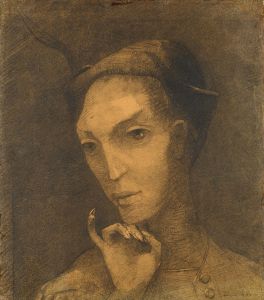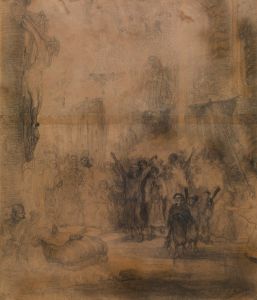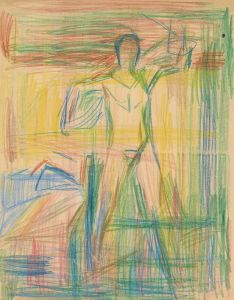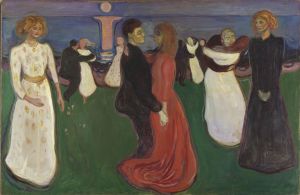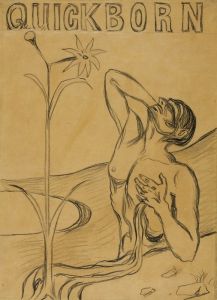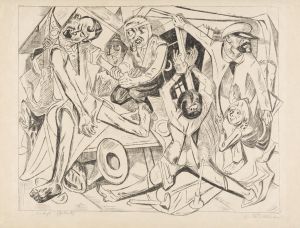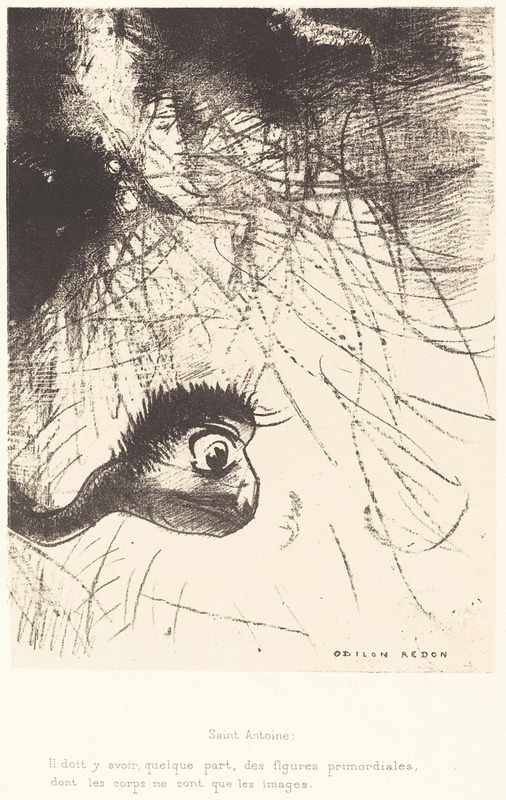
Saint-Antoine – Il doit y avoir quelque part des figures primordiales dont les corps ne sont que les images
A hand-painted replica of Odilon Redon’s masterpiece Saint-Antoine – Il doit y avoir quelque part des figures primordiales dont les corps ne sont que les images, meticulously crafted by professional artists to capture the true essence of the original. Each piece is created with museum-quality canvas and rare mineral pigments, carefully painted by experienced artists with delicate brushstrokes and rich, layered colors to perfectly recreate the texture of the original artwork. Unlike machine-printed reproductions, this hand-painted version brings the painting to life, infused with the artist’s emotions and skill in every stroke. Whether for personal collection or home decoration, it instantly elevates the artistic atmosphere of any space.
"Saint-Antoine – Il doit y avoir quelque part des figures primordiales dont les corps ne sont que les images" is a painting by the French symbolist artist Odilon Redon. Redon, born Bertrand-Jean Redon on April 20, 1840, in Bordeaux, France, is known for his unique and imaginative works that often explore themes of fantasy, dreams, and the subconscious. His art is characterized by its use of vivid colors, surreal imagery, and a deep sense of mystery.
The title of the painting translates to "Saint Anthony – There Must Be Somewhere Primary Figures Whose Bodies Are Only Images." This work is part of Redon's series of paintings and drawings inspired by the life and temptations of Saint Anthony, a Christian monk from Egypt who is considered the father of monasticism. Saint Anthony's story, particularly his battles with demonic visions and temptations in the desert, has been a rich source of inspiration for many artists throughout history, including Redon.
Redon's interpretation of Saint Anthony's visions is distinctively his own, blending elements of the mystical and the fantastical. The painting likely depicts one of the many hallucinatory experiences of Saint Anthony, filled with bizarre and otherworldly figures. Redon's use of color and form in this piece creates a dreamlike atmosphere, inviting viewers to delve into the depths of the imagination.
Odilon Redon's work is often associated with the Symbolist movement, which emerged in the late 19th century as a reaction against the materialism and rationalism of the time. Symbolist artists sought to express the ineffable and the mysterious, often drawing on themes from mythology, literature, and religion. Redon's art, with its emphasis on the inner world and the subconscious, fits well within this context.
Throughout his career, Redon experimented with various media, including charcoal, lithography, and oil painting. His early works, known as "noirs," were primarily black-and-white charcoal drawings and lithographs that explored dark and fantastical themes. Later in his career, he began to incorporate more color into his work, creating vibrant and ethereal compositions.
"Saint-Antoine – Il doit y avoir quelque part des figures primordiales dont les corps ne sont que les images" exemplifies Redon's mature style, characterized by its rich color palette and imaginative subject matter. The painting reflects Redon's interest in the spiritual and the mystical, as well as his fascination with the power of the human mind to conjure up fantastical visions.
Odilon Redon's influence can be seen in the work of later artists, particularly those associated with the Surrealist movement. His ability to tap into the subconscious and create dreamlike imagery paved the way for artists like Salvador Dalí and Max Ernst, who similarly sought to explore the depths of the human psyche through their art.
Today, Redon's works are held in numerous prestigious collections around the world, including the Musée d'Orsay in Paris and the Museum of Modern Art in New York. His paintings and drawings continue to captivate audiences with their beauty, mystery, and profound sense of wonder.





